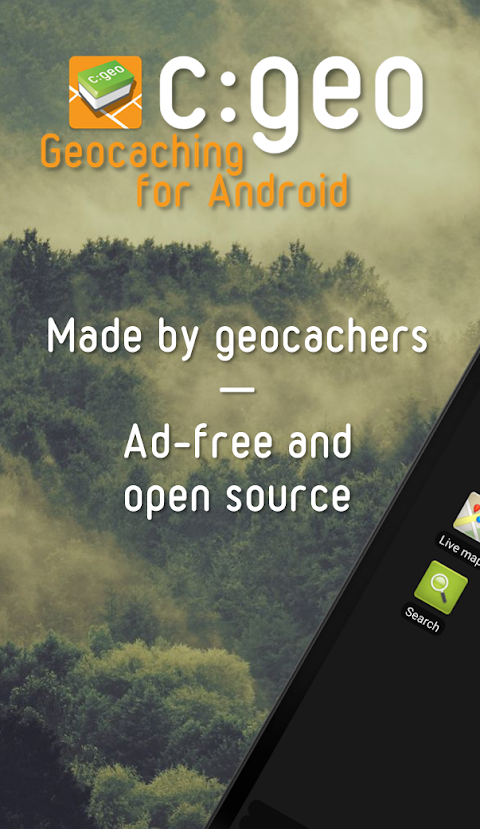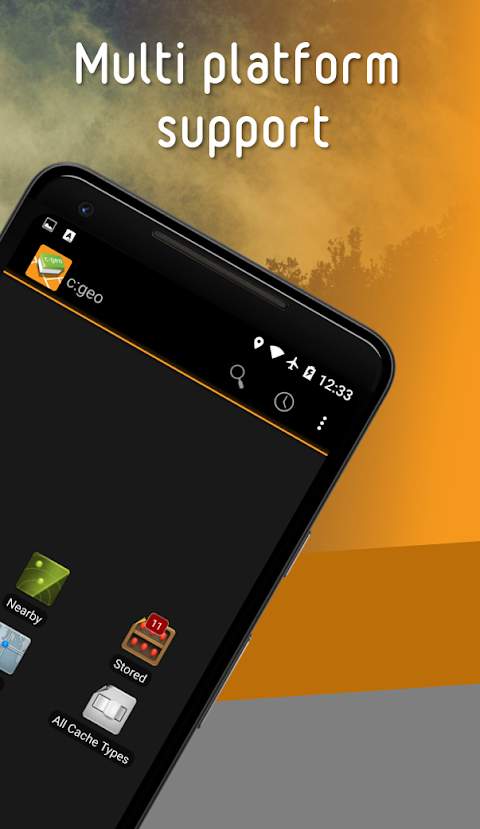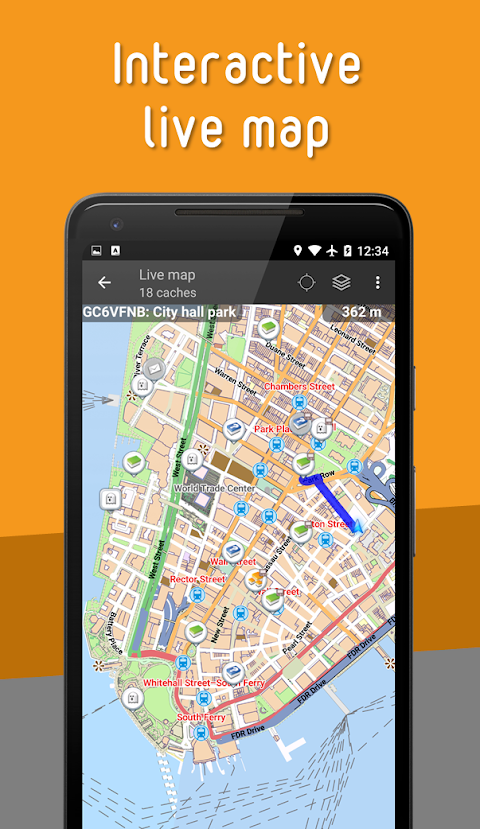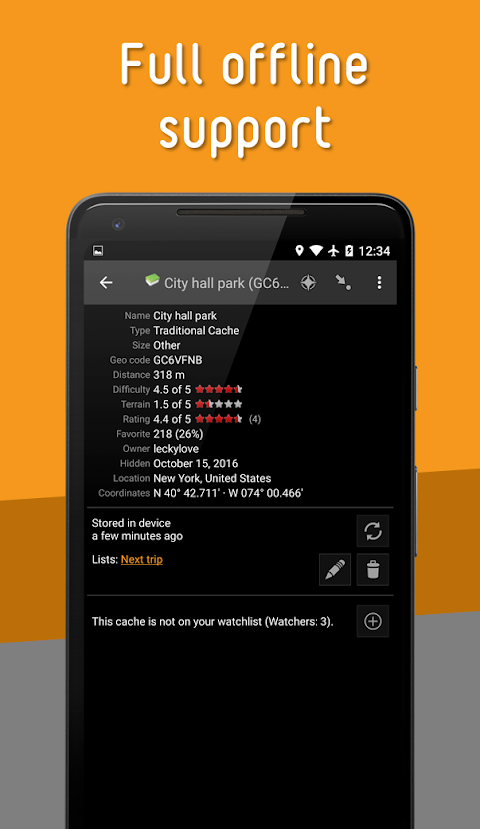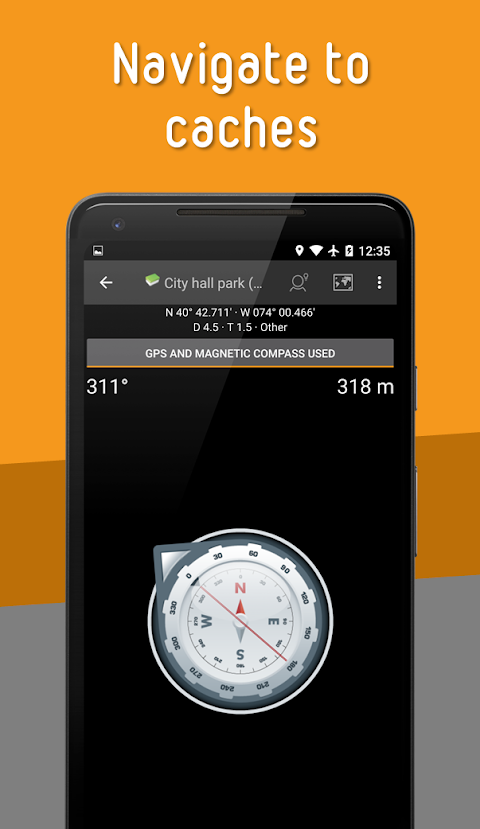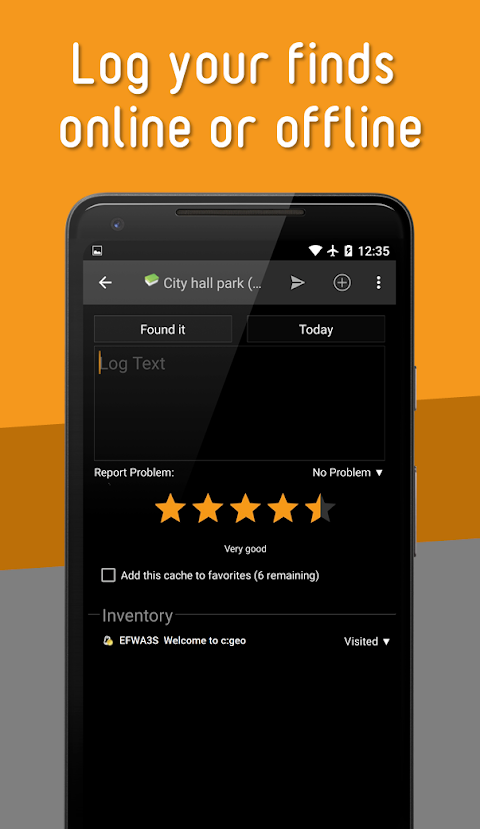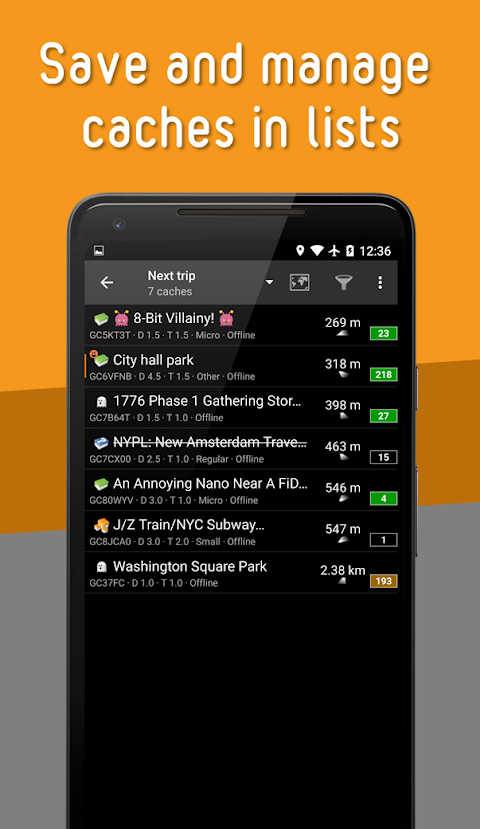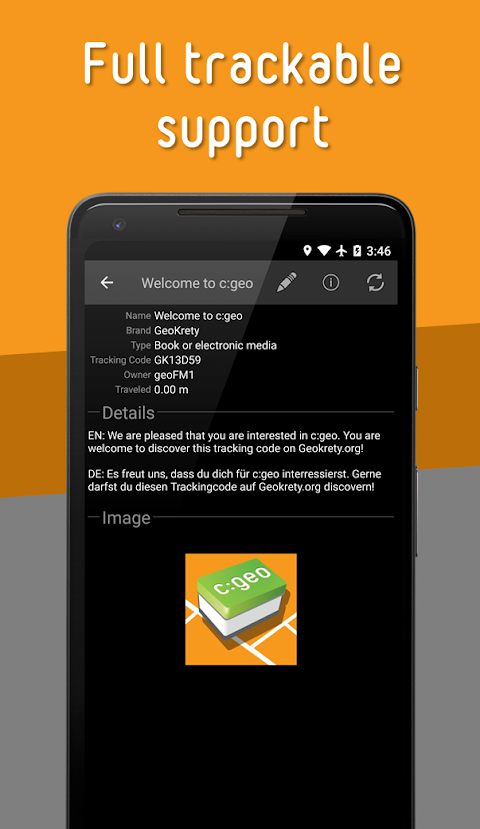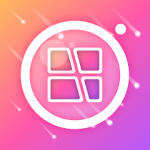about c:geo
c:geo is a multifunctional mapping software. It is specially built for Android users and you can use this full-featured APP for free. c:geo login enables users to use it to access multiple Geocaching platforms directly without using a browser. The app supports both online access and offline access, and it also allows you to view real-time geocaches over the web. There are a lot of users sharing their detailed geocaches on the platform, so if you want to go geocaching, you need to open c:geo and follow the map. If you don't know how to go, you can also check the user comments and logs of the related treasure spots, which is really very fun.
c:geo main function:
- View cache on live map
- Using Google Maps or OpenStreetMaps
- Cache search based on various criteria
- Record your findings online or offline
- Storing cached information on the device
- Creating and managing waypoints
- Navigating with a compass, map, or other application
- Importing/Exporting GPX Files
- Full support for traceability
- Offline caching capabilities, including offline maps
c:geo highlights:
- Use a live map or one of the many search functions to find the cache.
- Navigate to cached or cached waypoints using the built-in compass function, maps, or by handing the coordinates to various external applications (e.g., Radar, Google Navigation, Street View, Locus, Navigon, Sygic, etc.).
- Import directly from geocaching.com and via GPX files to store cached information in the device ready to use.
- You can manage stored caches in different lists and also sort and filter them as needed.
c:geo Description:
- Stored caches with offline map files or static maps can be used to find caches when there is no Internet connection (e.g. when roaming).
- Logs can be published online or stored offline for later submission or exported via field records.
- Search and discover trackable devices, manage trackable device inventory, and place trackable devices while publishing cache logs.
- If you have problems installing or using c:geo, please check our FAQ or consult the user guide first.

